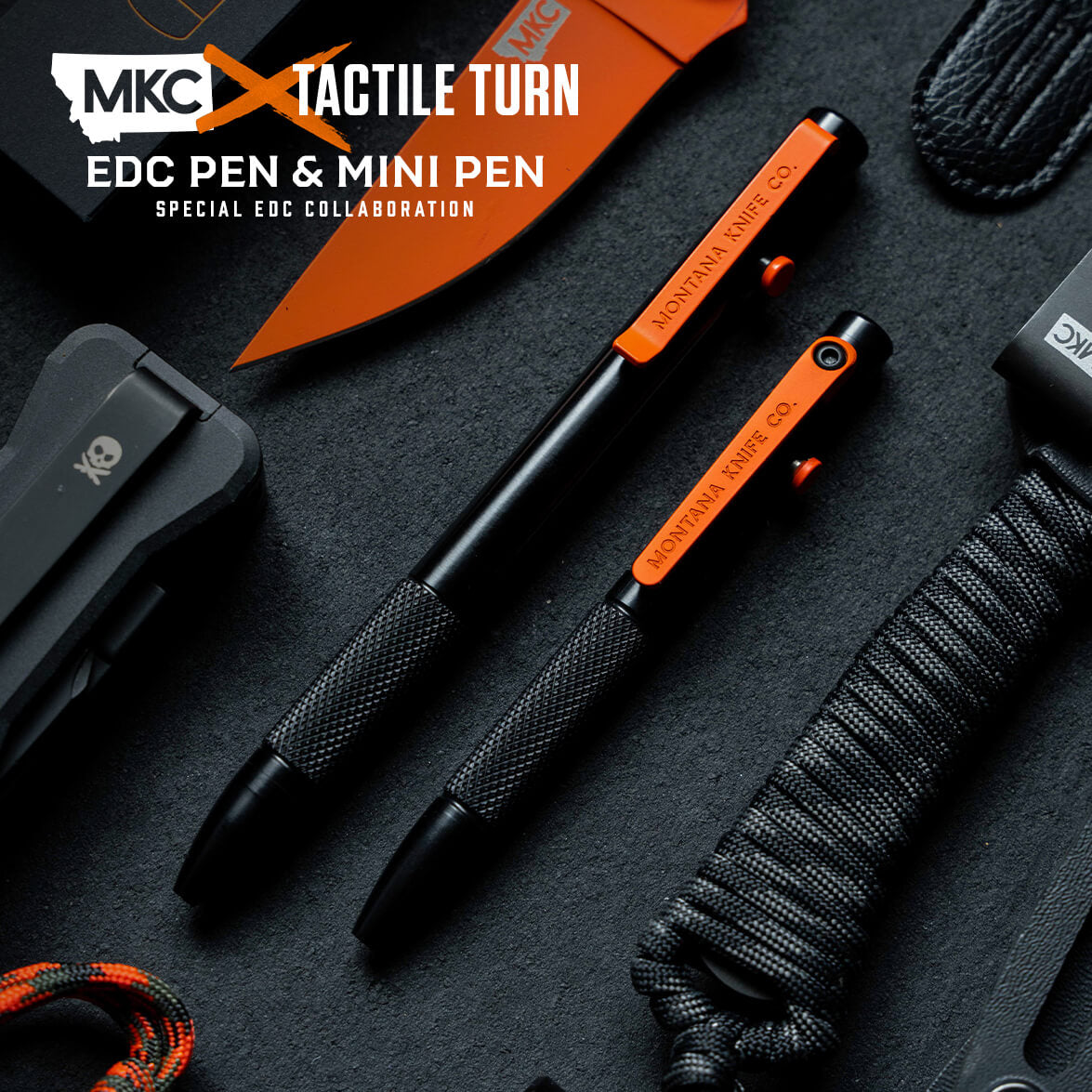If you’re a fly fisherman, the title of this blog post may leave you scratching your head. Most fishermen don’t fillet their fish on the riverbank, so why do you need to carry a fly fishing knife?
A fly fishing knife is a versatile tool that’s useful in countless situations. Consider the old adage: “It’s better to have something and not need it than to need something and not have it.”
Just like a hiker who carries a knife for both safety and practicality, a fly fisherman benefits from keeping a reliable blade within reach at all times. For instance, while your fly fishing knife’s main purpose is to cut line and bait, it’s also important to have it handy for self-defense.

Why Carry a Knife as a Fly Fisherman
Asking a fly fisherman why he carries a knife is like asking a camper or backpacker the same question.
A fly fishing knife is helpful for fishing tasks, of course, but it’s also helpful for self-defense. A self-defense tool is non-negotiable in the wilderness, even if you go fly fishing close to a town.
Whether you’re cutting fishing lines, clearing hook eyelets, or preparing bait, the best fly fishing knife makes cumbersome tasks faster and more efficient. Fishing line tangles, snags, and frays constantly, and you’ll need to trim extra ends away when you attach new tackle. Doing that without a good knife is a chore.
If you’ve ever pulled a fly only to find your hook clogged with algae and mud, you know a sharp fishing knife is useful. You can use your fingers to dislodge the clog, but I’d much rather use my fly fishing knife.
While I prefer to use needle-nose pliers to remove hooks from fish, my fishing knife comes in handy for that, too. I also use my fishing knife to cut and portion bait.
My fly fishing knife always comes in handy when I need to trim leaders and tippets. I also rely on my knife when I go net fishing. While untangling the net and keeping it in one piece is always preferable, sometimes you need to cut it free to get things functional again.
A sharp fly fishing knife is a lifesaver in a water emergency, too. If your line, net, or clothing snags on rocks or debris, you could end up in a dangerous situation. Having a knife to cut yourself and your gear free is a no-brainer.
What Makes a Good Fly Fishing Knife?
A good fly fishing knife is as light as possible, easy to access, sharp, and durable. While some of those factors are negotiable depending on where you fish, I find those four traits to be baseline for fly fishing knives.
Weight
Most fly fishermen carry a lightweight setup. Your gear is heavy enough as is, and you may need to carry it several miles to reach your favorite fly fishing spot. While a few extra ounces from your knife might not seem like much, applying those extra ounces to every new piece of gear becomes a problem.
That extra weight makes it difficult to move through water and brush on your way to your location. A lightweight fly fishing knife is essential.
Sharpness
At MKC, we sharpen our knives with a working edge to tackle any cutting task. Just because your knife is small, lightweight, or seldom used doesn’t mean it should have a dull edge. Dull knives aren’t just frustrating; they’re also more dangerous to use.
Accessibility
As with any knife, your fly fishing knife should be easily accessible. However, the special gear you wear while fly fishing can affect where you store it.
Whether you clip it to your waders, wear it around your neck, or carry it in a chest pouch, it’s important to store your fly fishing knife in a secure place you won’t forget about that’s easy to reach in an emergency.
Bonus points if you can carry your fly fishing knife in multiple locations. Multiple carry options make a blade both versatile and convenient.
Durability
Your blade’s material and construction impact its usefulness out on the water. Prolonged exposure to water can cause rust, but knives rust at different rates depending on your care habits and material choice.
That’s why we construct most of our fishing knives from MagnaCut stainless steel. While proper fly fishing knife care keeps any steel in pristine shape, stainless steel is extra rust-resistant. Plus, MagnaCut stainless steel holds an edge longer, meaning you don’t need to worry about keeping it sharp.
The material of your knife’s blade isn’t the only important factor. Many handle and sheath materials (leather and wood in particular) don’t play well with water. Our fishing knives use either paracord or G10 handles, which both stand up to wetness. Paracord is helpful in a number of emergency situations, too.

Final Words on Fly Fishing Knives
The best knife for fly fishing is lightweight, sharp, easily accessible, and made from high-quality materials that resist rust, mold, and corrosion. It prepares you for any situation, whether life-threatening or otherwise.
Keep those factors in mind, and you’ll surely make the most of your time out on the river, whether you decide to shop at MKC or elsewhere.
by Josh Smith, Master Bladesmith and Founder of Montana Knife Company






































